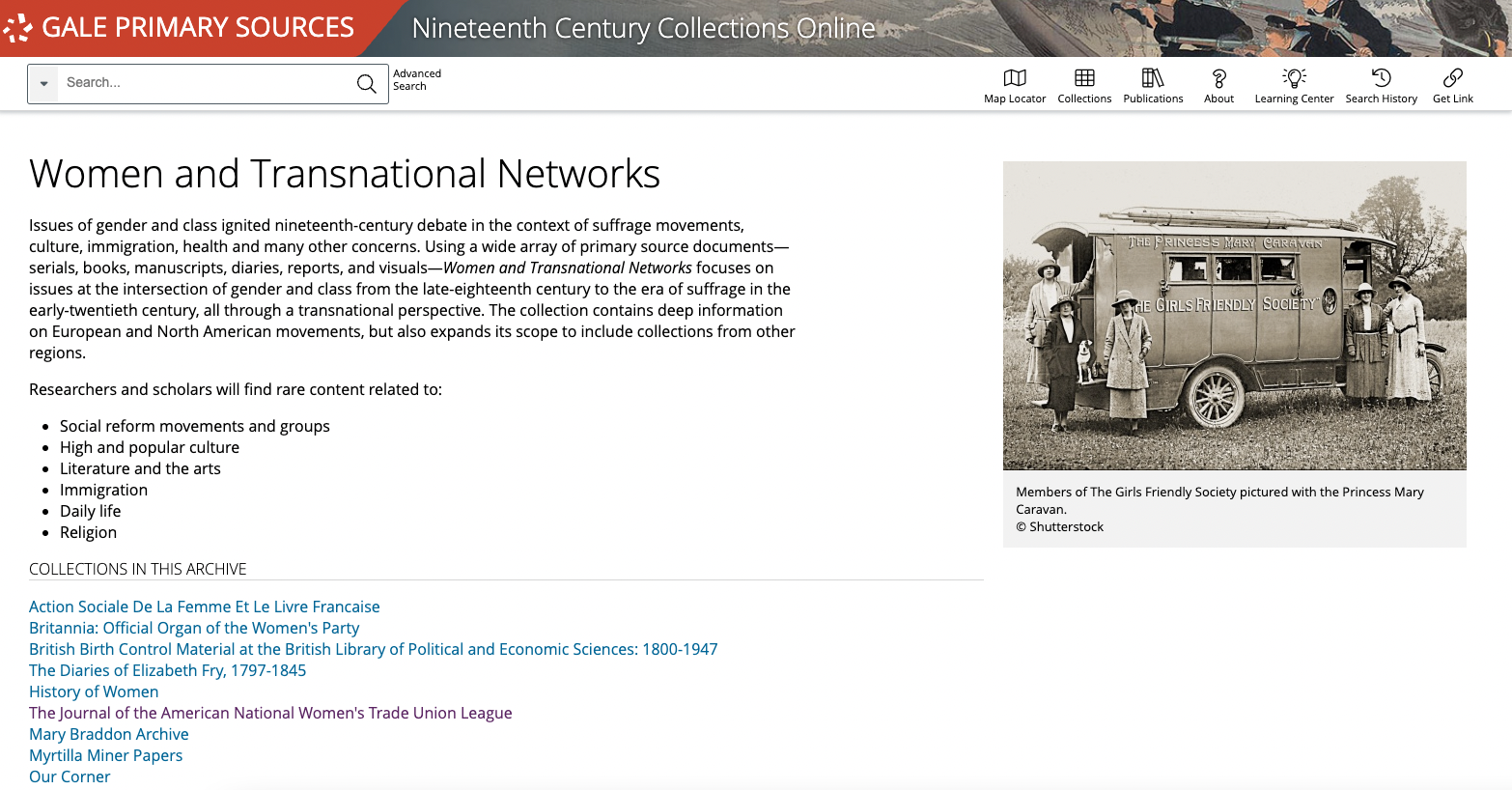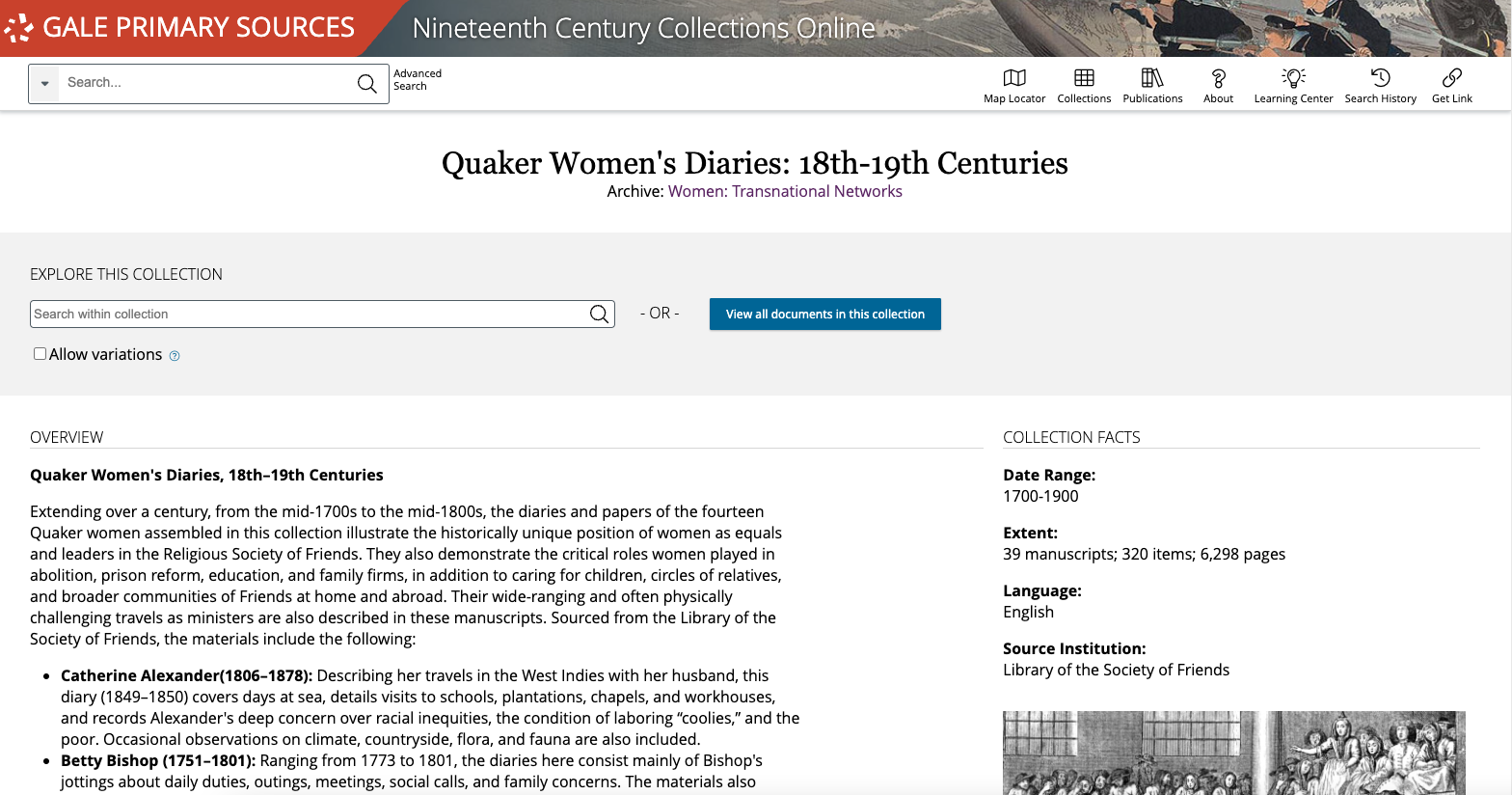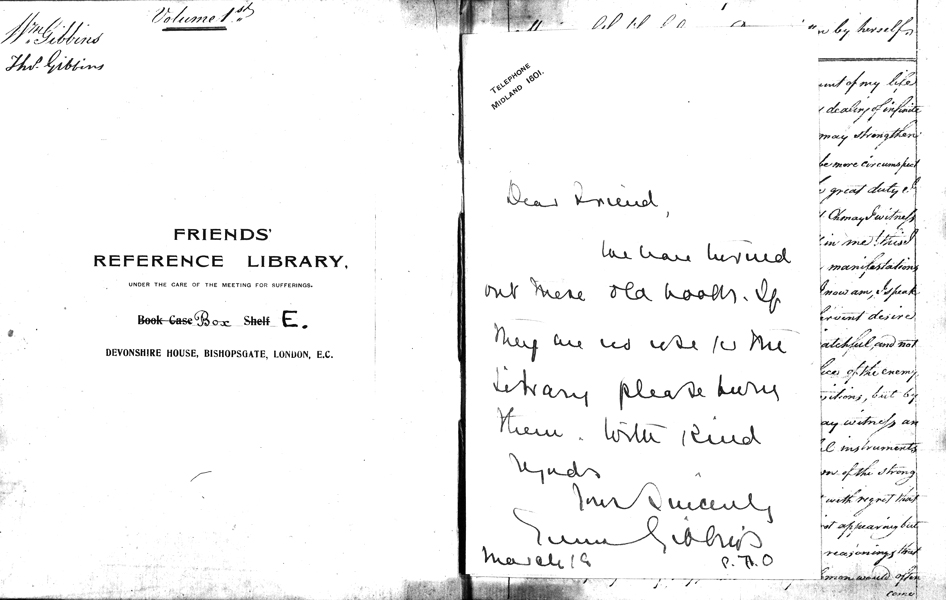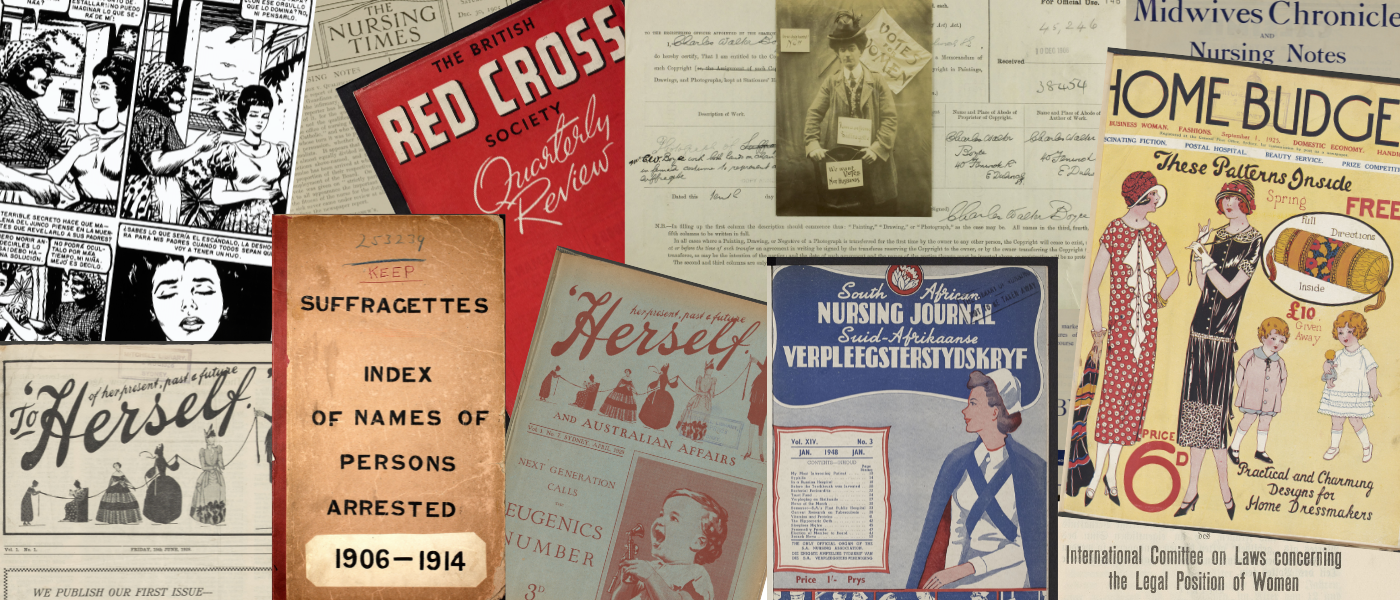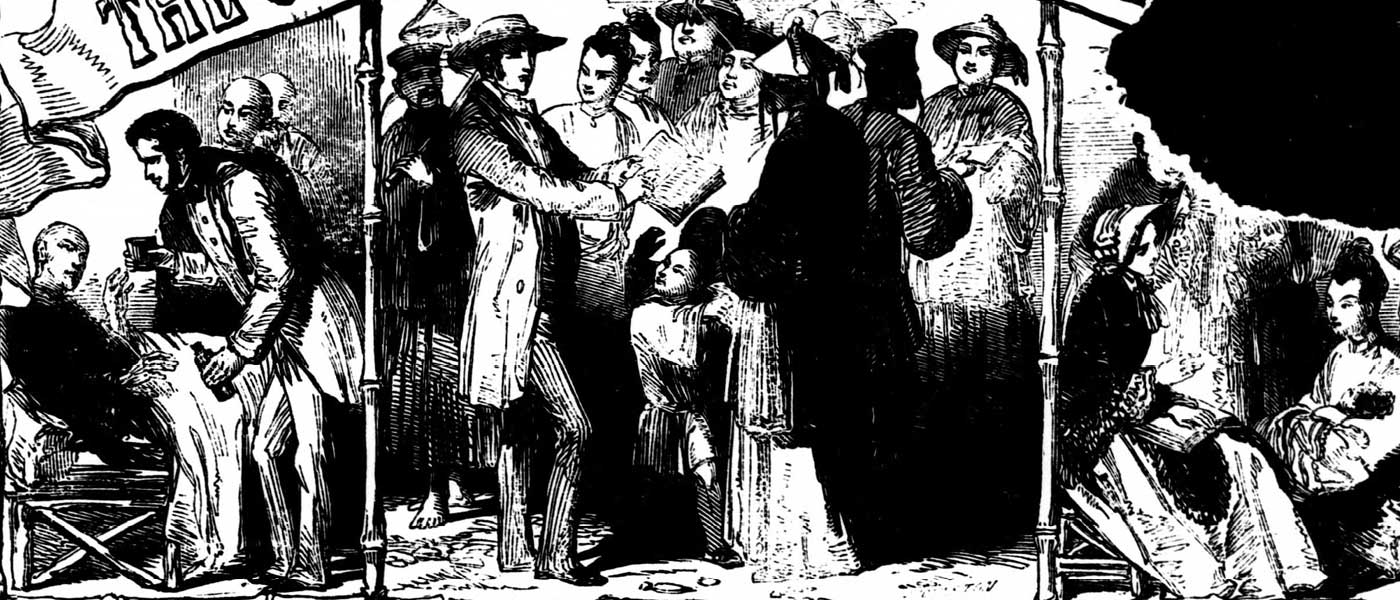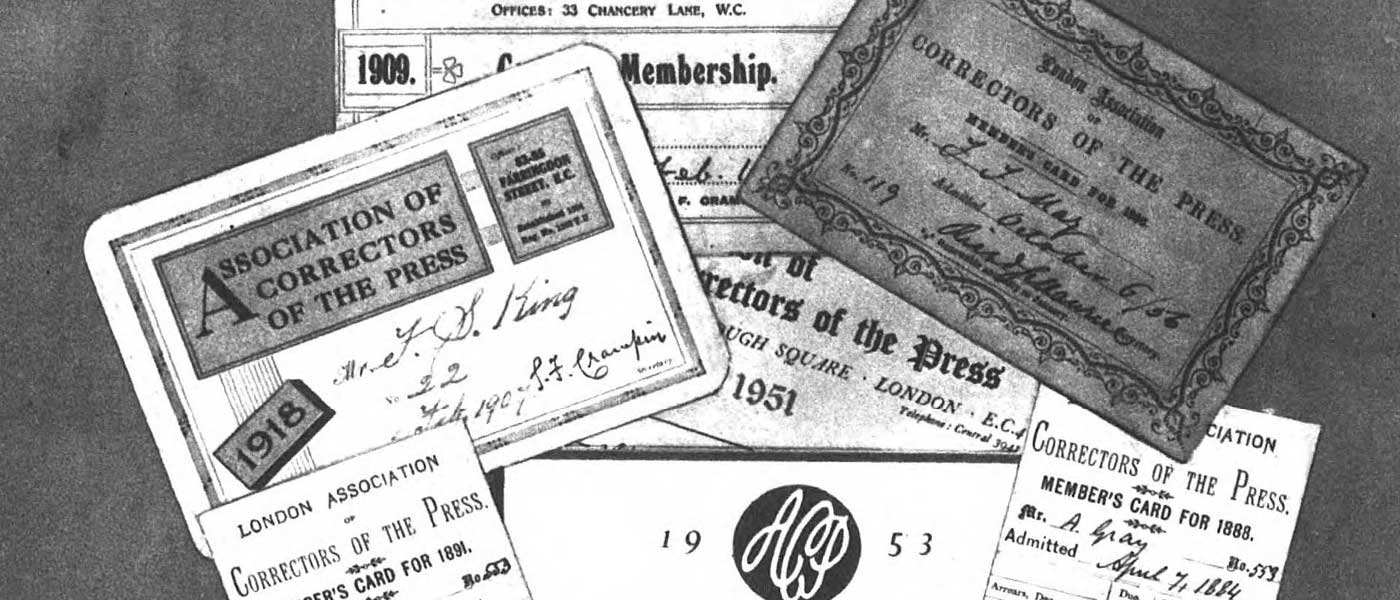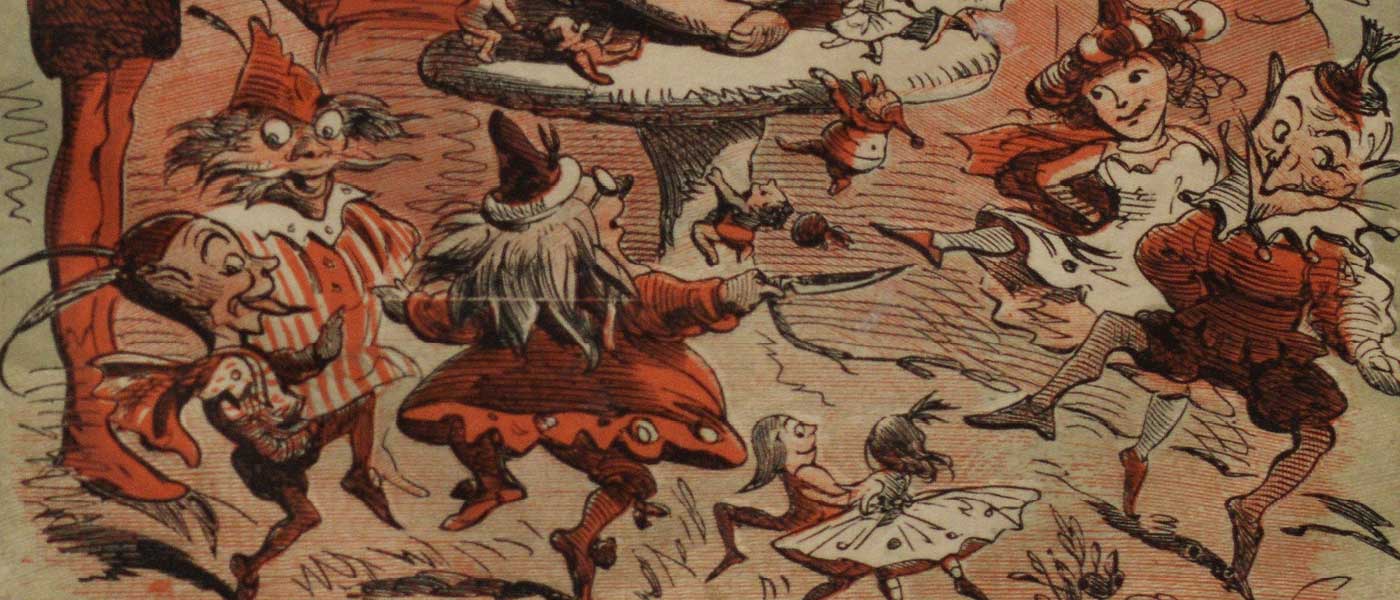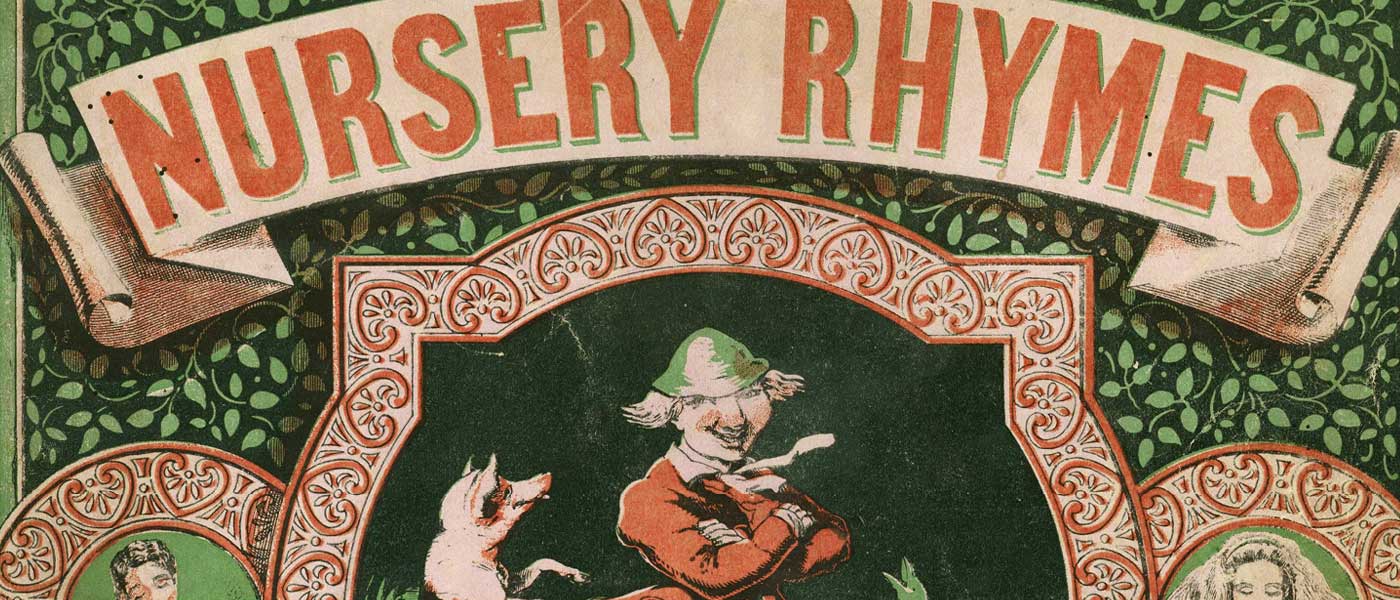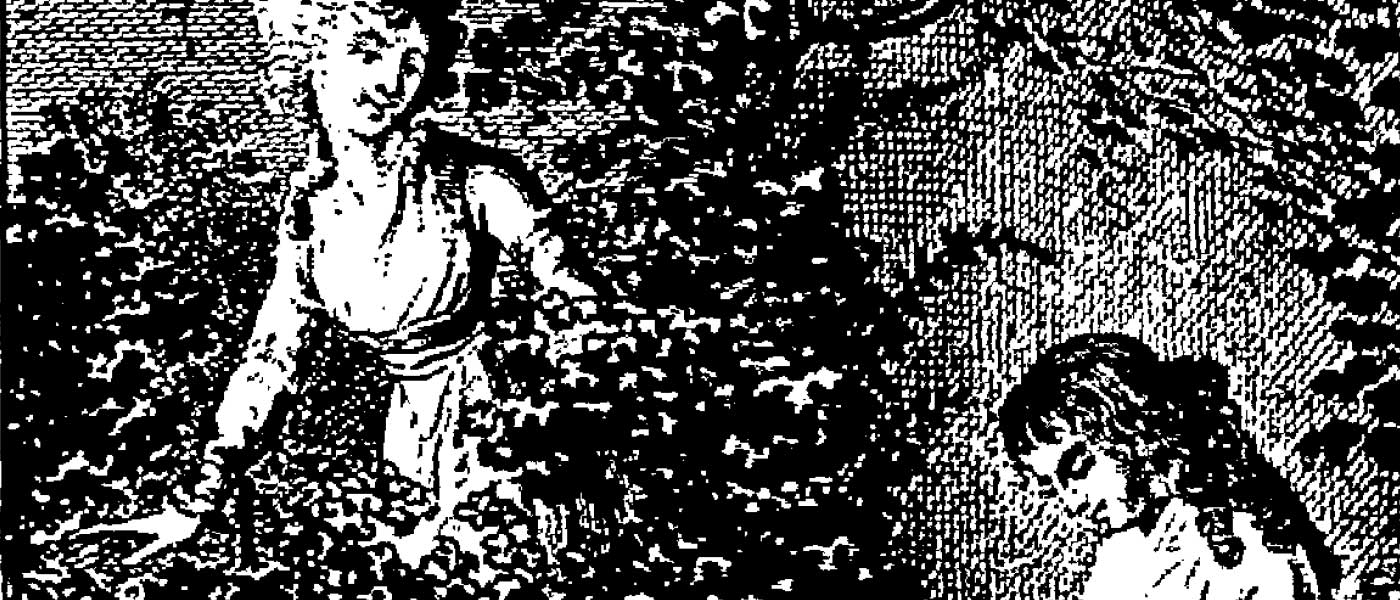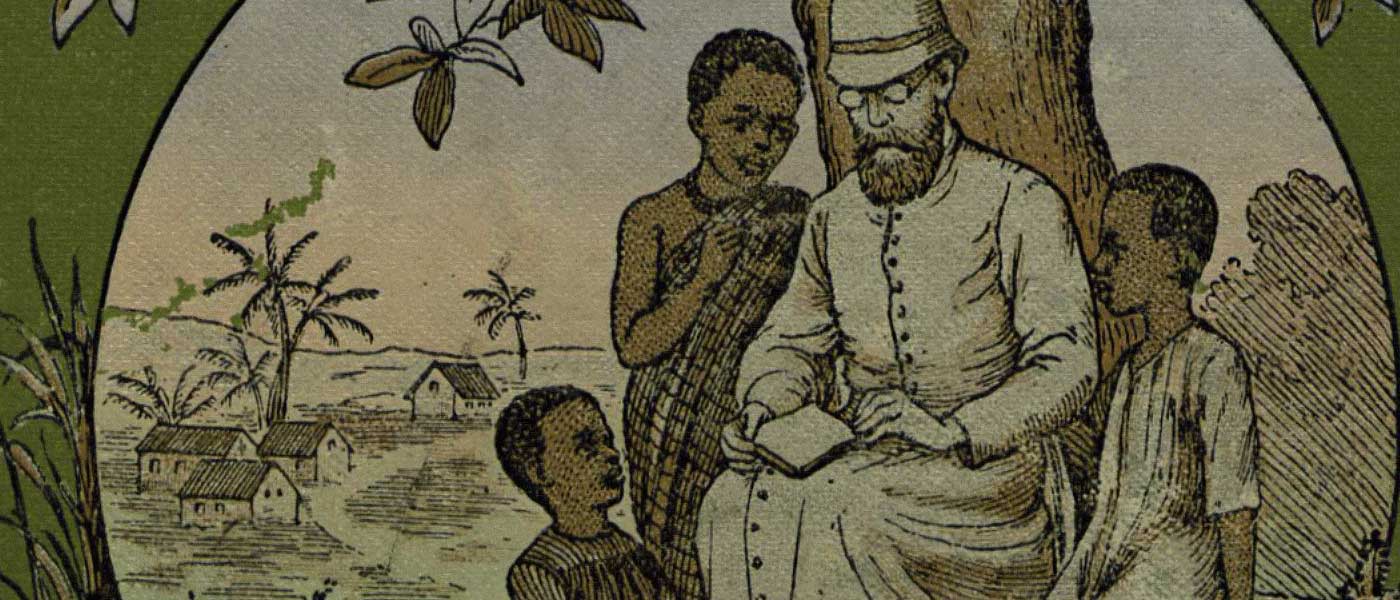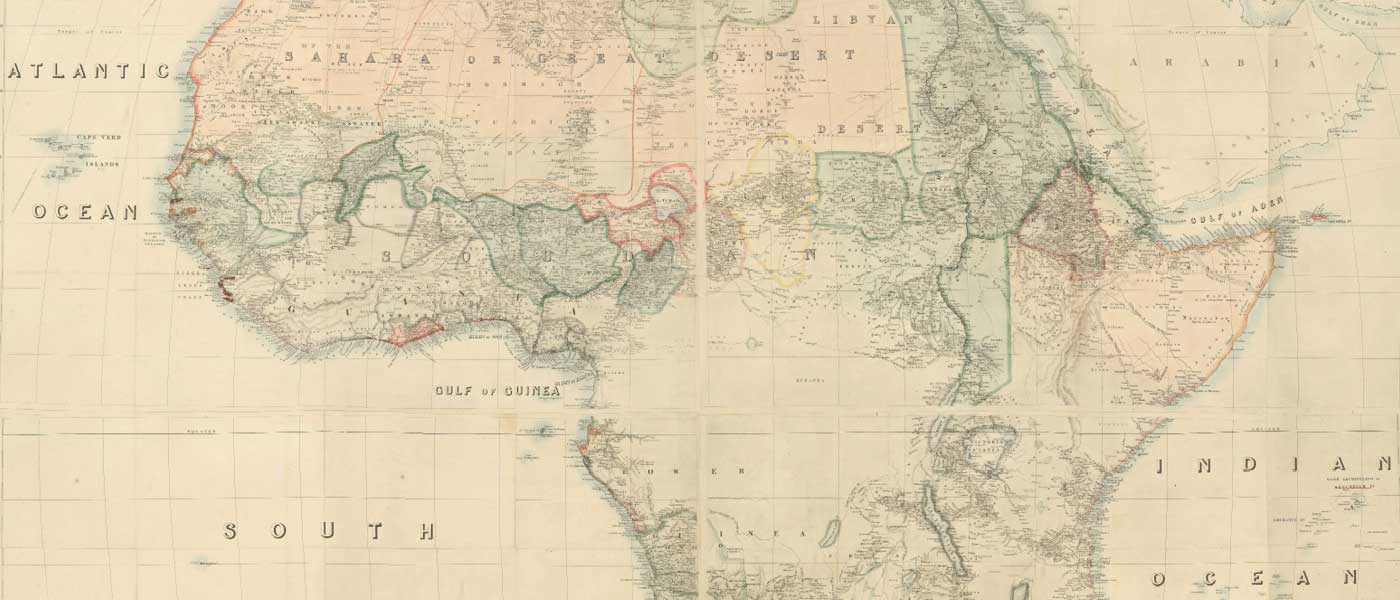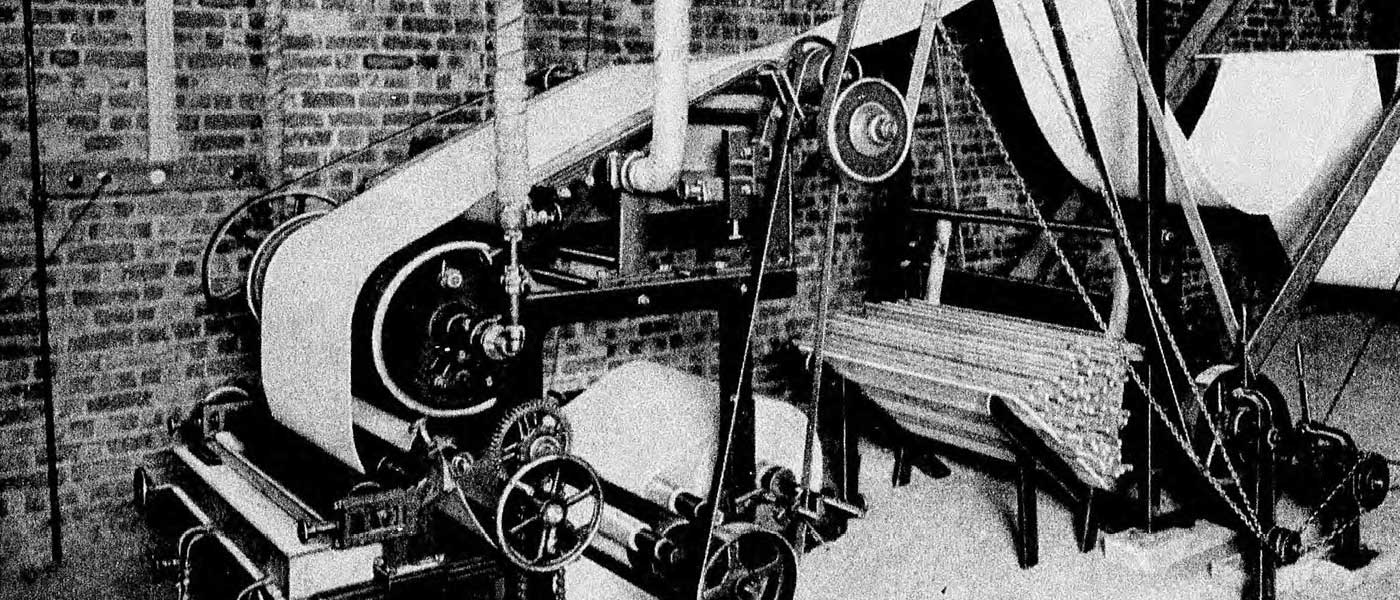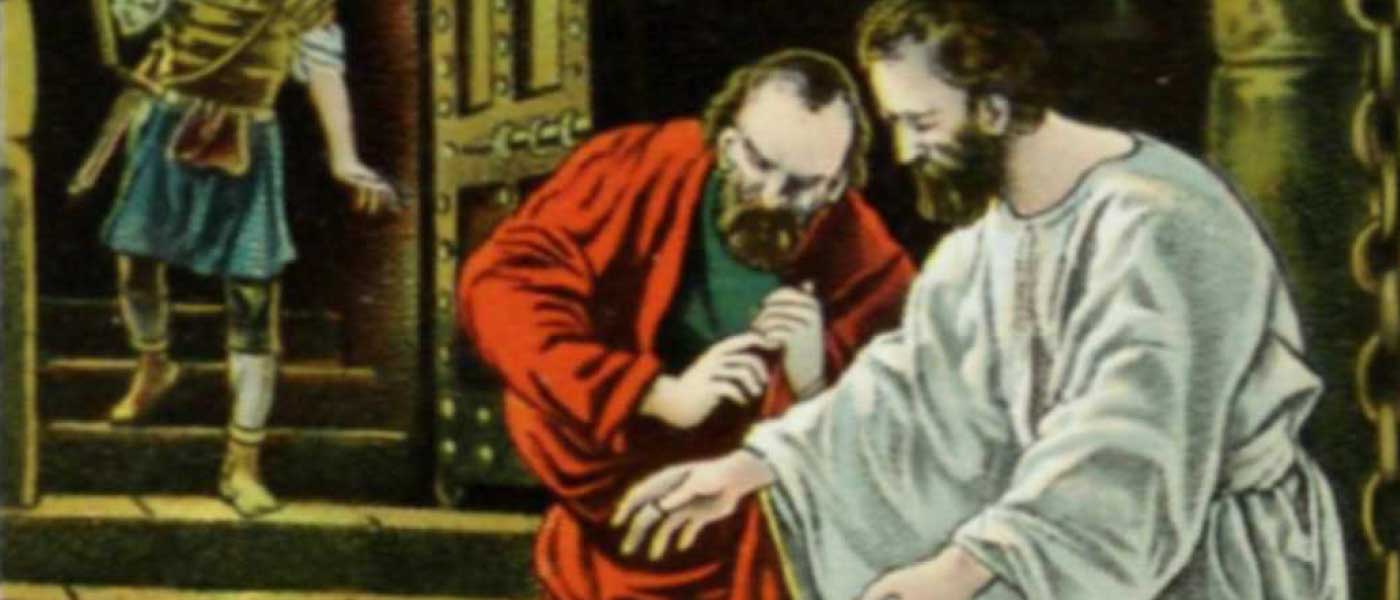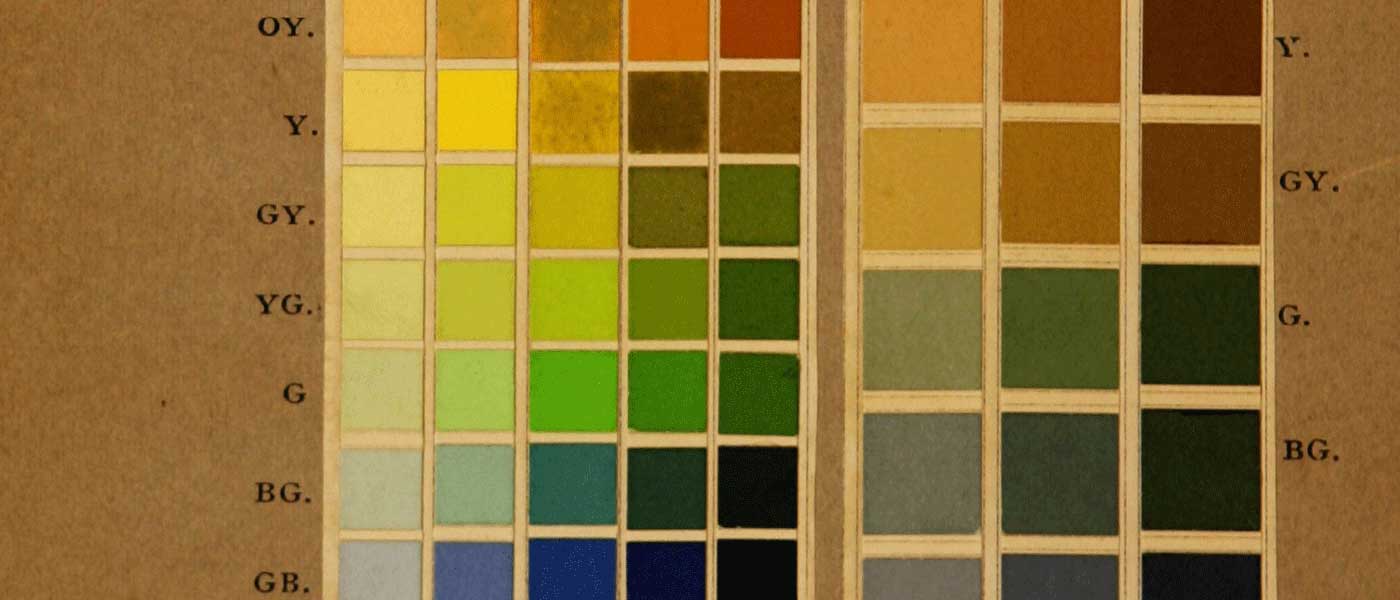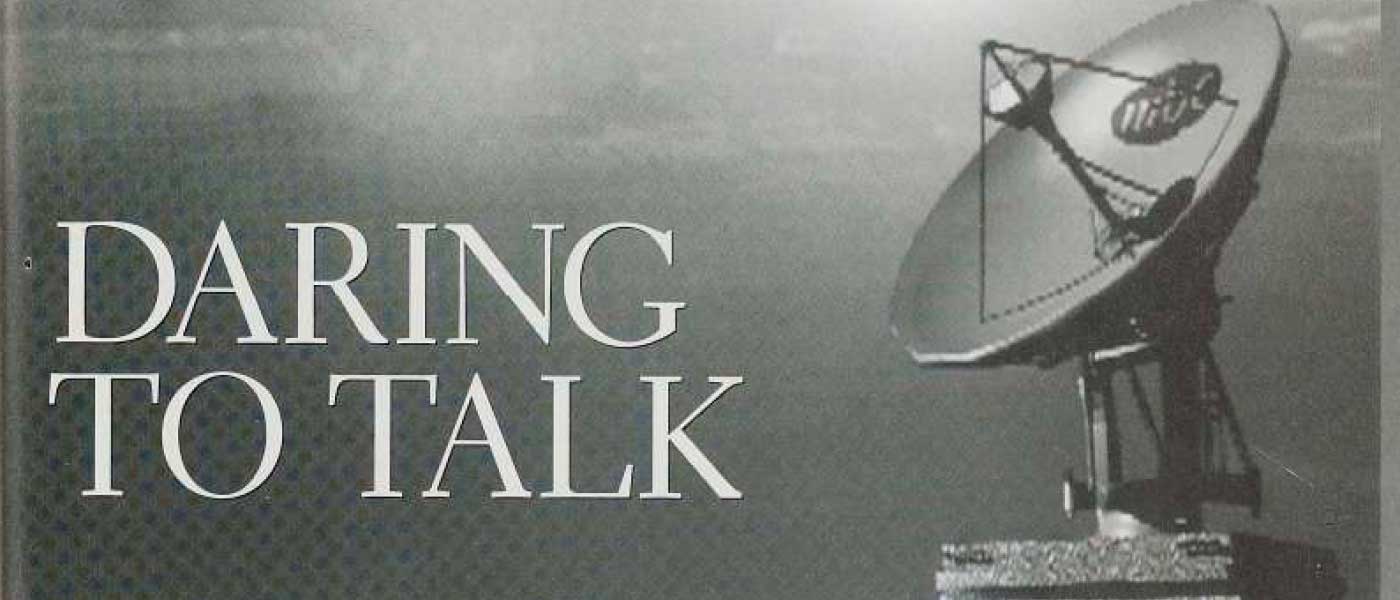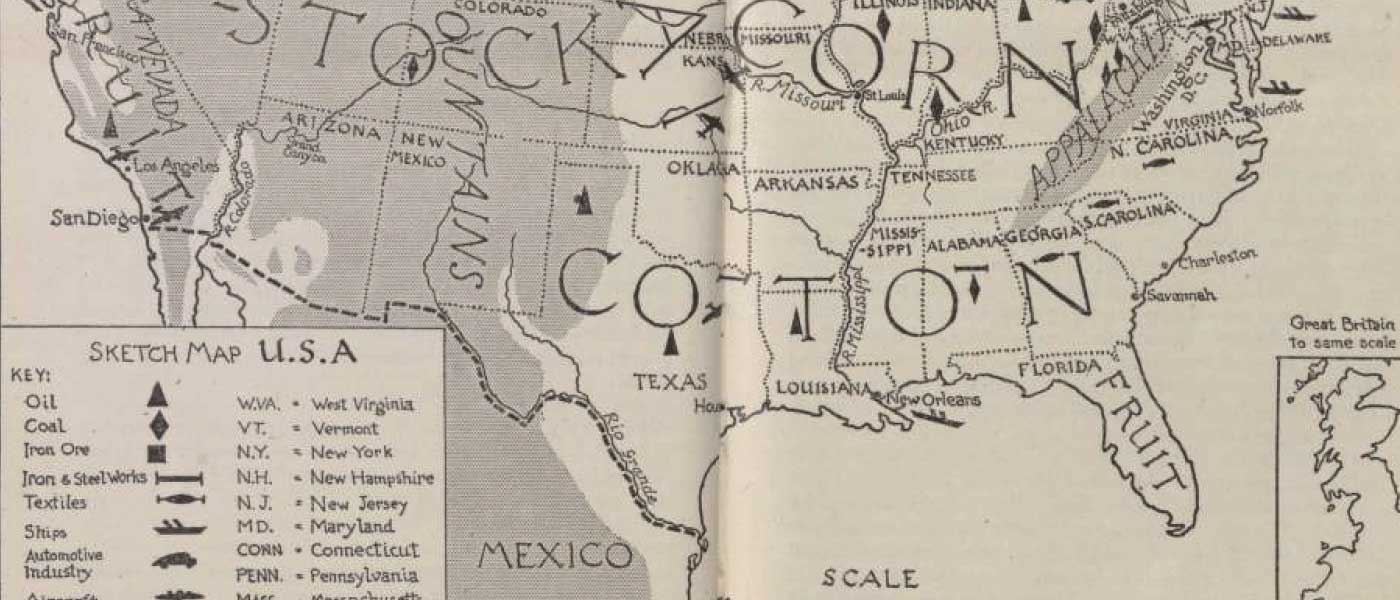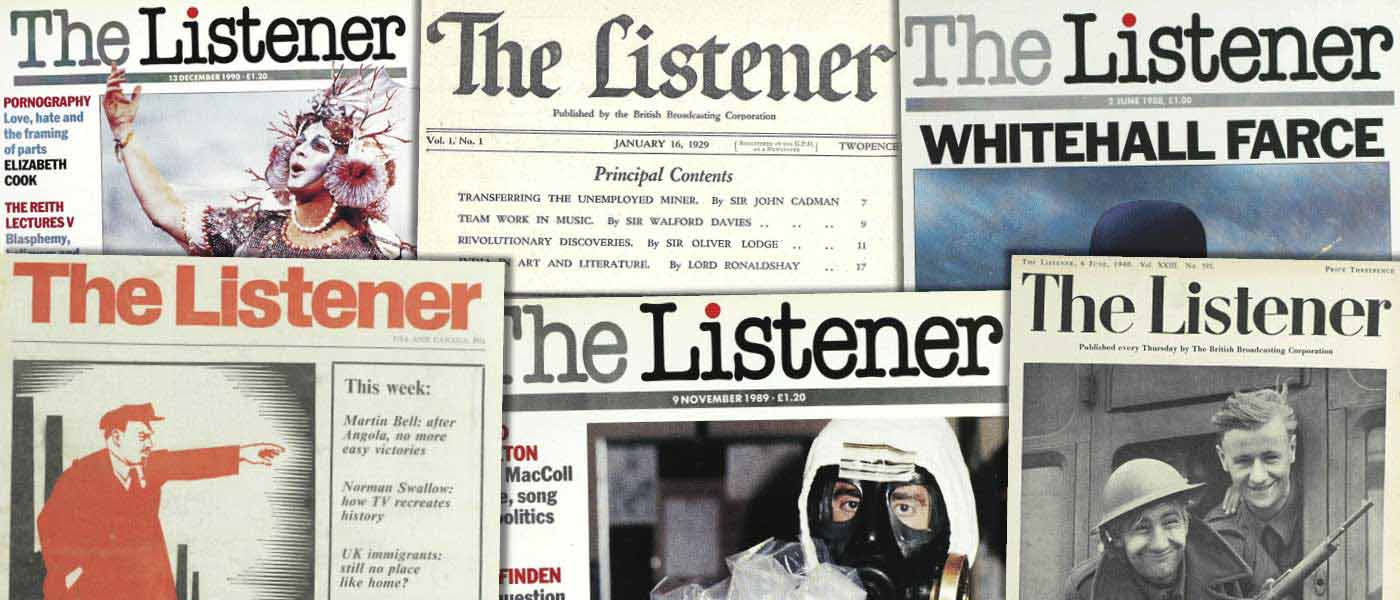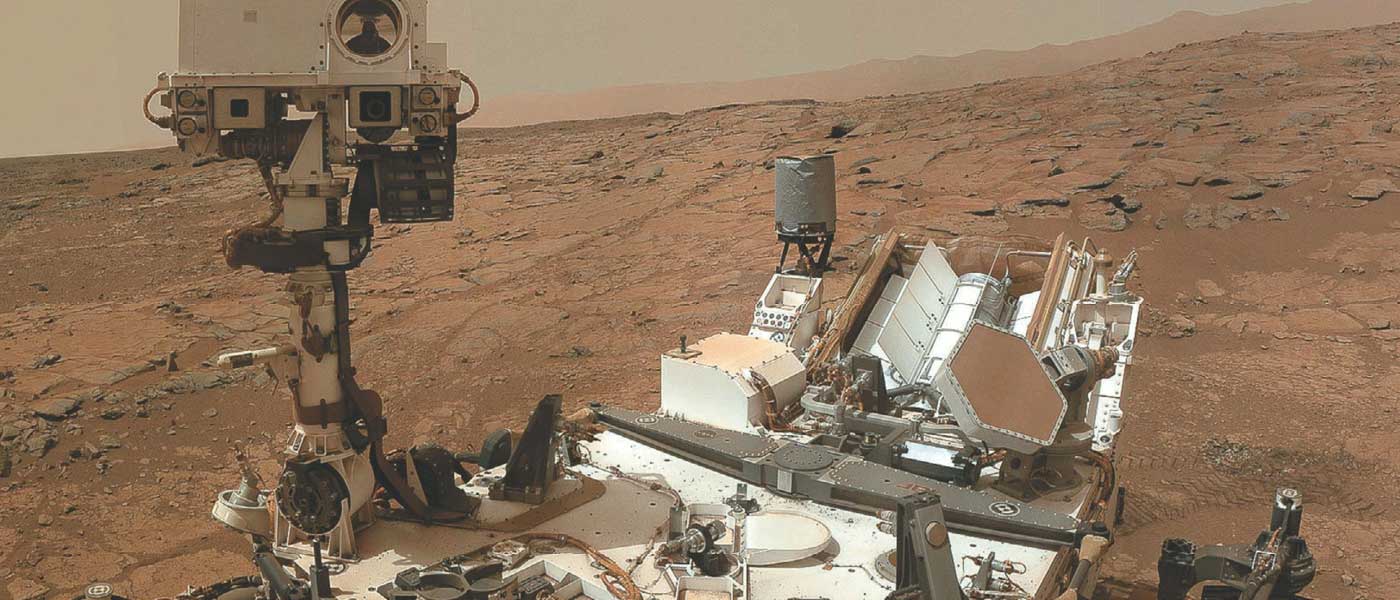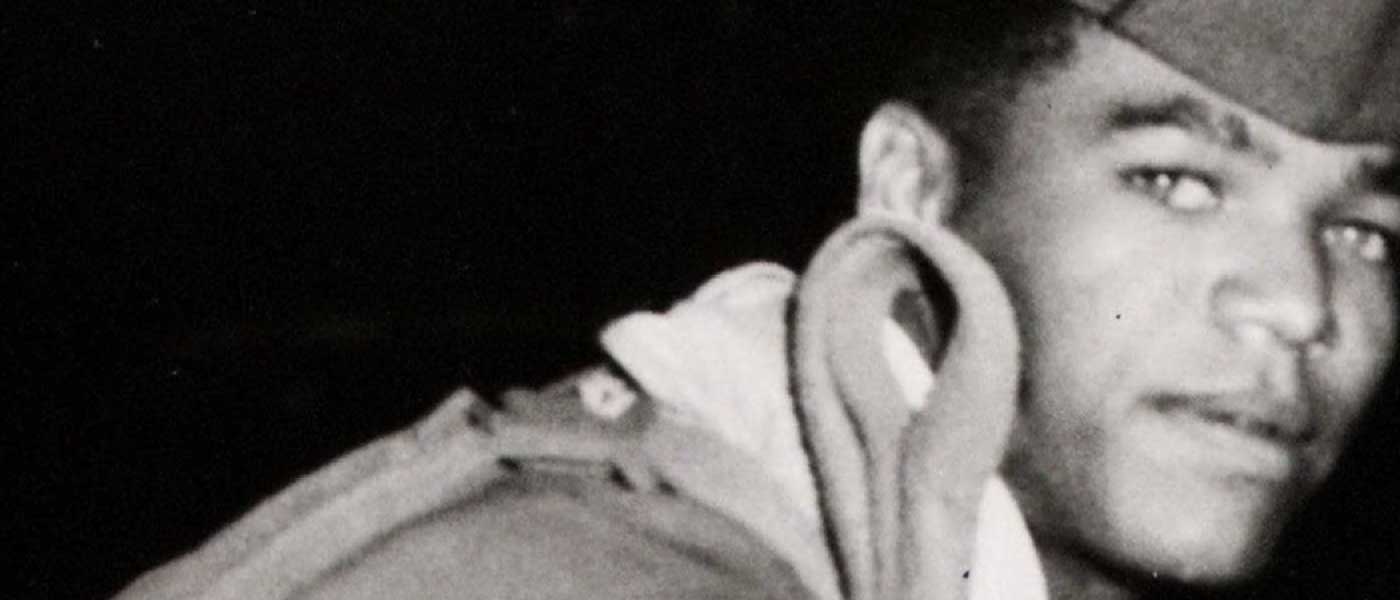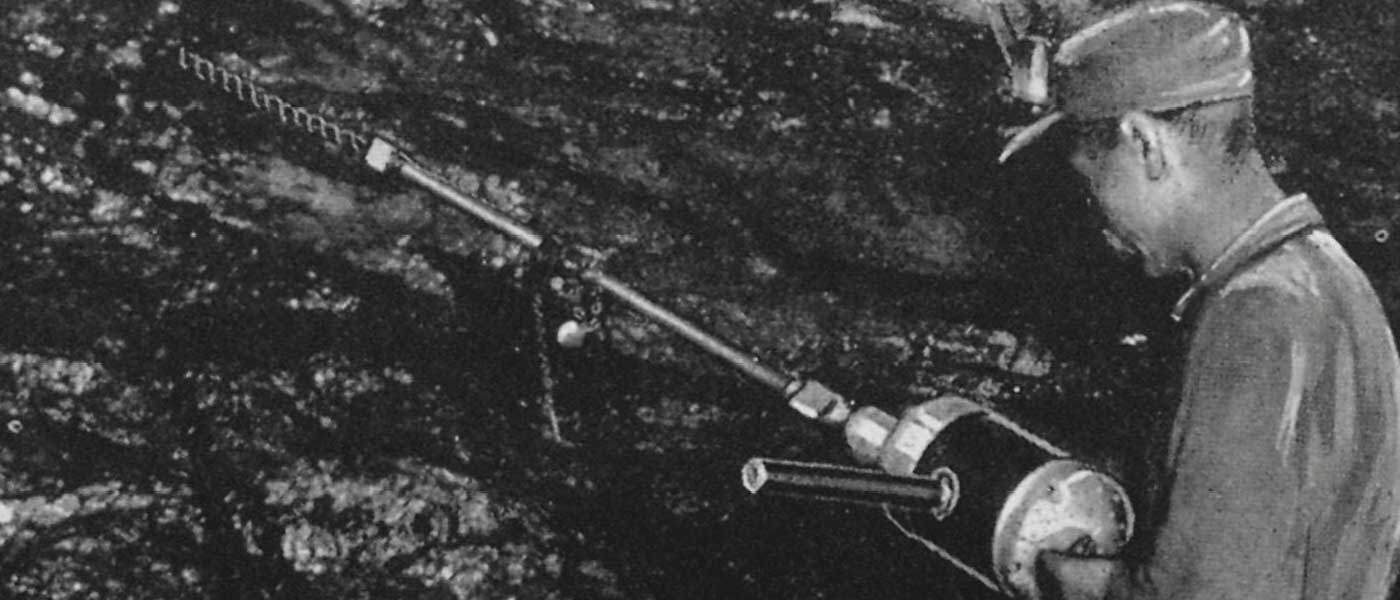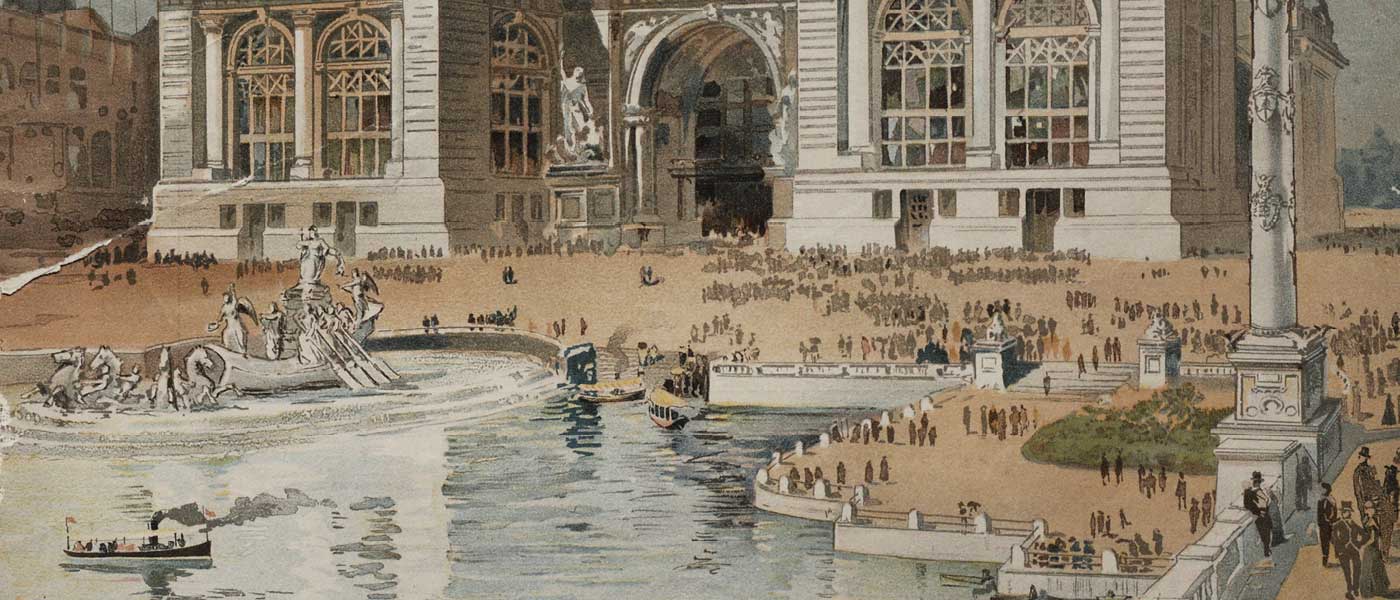Explore issues of gender and class through a transnational perspective
Nineteenth Century Collections Online: Women and Transnational Networks focuses on issues at the intersection of gender and class -- from the late eighteenth century to the era of suffrage in the early twentieth century -- through a transnational perspective. This collection deepens the already-comprehensive coverage of European movements included in Nineteenth Century Collections Online by adding sources from the United States and other regions. The focus of this collection is on major nineteenth-century trends, topics, and events as they relate to gender, including social reform, high and low culture, transnational networks, immigration, daily life, religion, and more.
Researchers and scholars will find rare content related to:
- Social reform movements and groups
- High and "low" culture
- Literature and the arts
- Immigration
- Daily life
- Religion
- and more
As a resource for study of gender, societal rules, and class -- all key categories of research for the "long" nineteenth century -- Women and Transnational Networks supports research in history, sociology, women's studies, medicine, and a host of other disciplines. The collection's scope of content from global sources gives this archive a truly international perspective. Included in the collection is a wide array of primary source documents, including serials, books, manuscripts, diaries, reports, and visuals.
Key collections include:
- Mary Braddon Archive -- This archive of unpublished, previously inaccessible material includes correspondence with the author's family and famous figures of her day, working notebooks and drafts, and her unpublished memoir, Before the Knowledge of Evil.
- Papers of Carrie Chapman Catt -- Papers relate to Catt's work as a leader in the women's suffrage movement and peace activities. Includes a rich collection of photographs, including many of the WWII Women's Land Army.
- Woodhull & Claflin's Weekly -- The archives of the famed newspaper founded by suffragist and feminist, Victoria Woodhull
- History of Women collection
- Personal papers of Elizabeth Cady Stanton and Myrtilla Miner
- Quaker Women's Diaries: 18th-19th Centuries.
- The Diaries of Elizabeth Fry, 1797-1845
- British birth control material at the British Library of Political and Economic Sciences: 1800-1947

Gale Primary Sources | Gale Review Blog
Archives Explored | Gale Digital Scholar Lab | Sign up for Updates

FEATURED REVIEW
“The scope of this digitization project makes it a significant research resource for both scholars and undergraduates. There are several benefits to this scope: the sheer size of the collections; the geographic range including comparative materials from various cultures; and the variety of types of documents including a significant amount of unpublished material . . . . The new platform tools developed for NCCO are impressive and should be useful to scholars as well as students. These include the browse features for 'Exploring Collections,' the search within results features, text analysis tools, and sophisticated image viewing tools.”
- eDesiderata, Center for Research Libraries
Look Inside
Additional Details
subjects covered
- European Studies
- Humanities & Social Sciences
- Sociology
- Literature
- Religion & Philosophy
- U.S. History
Support Materials
View and download these PDFs
Platform Features & Tools
Term Frequency
Researchers can see the frequency of search terms within sets of content to begin identifying central themes and assessing how individuals, events, and ideas interact and develop over time.
Topic Finder
By grouping commonly occurring themes, this tool reveals hidden connections within search terms—helping to shape research by integrating diverse content with relevant information.
Cross-Search Capability
Search across the content of complementary primary source products in one intuitive environment, enabling innovative new research connections.
Reviews & Testimonials
“The ranges of sources of all this material boggled my mind. Yes, some of it is from mainstream publications, but so much of it was from rare, hard-to-find sources that I gained an appreciation for the time and effort it's taken to assemble these vast digitized collections.”


